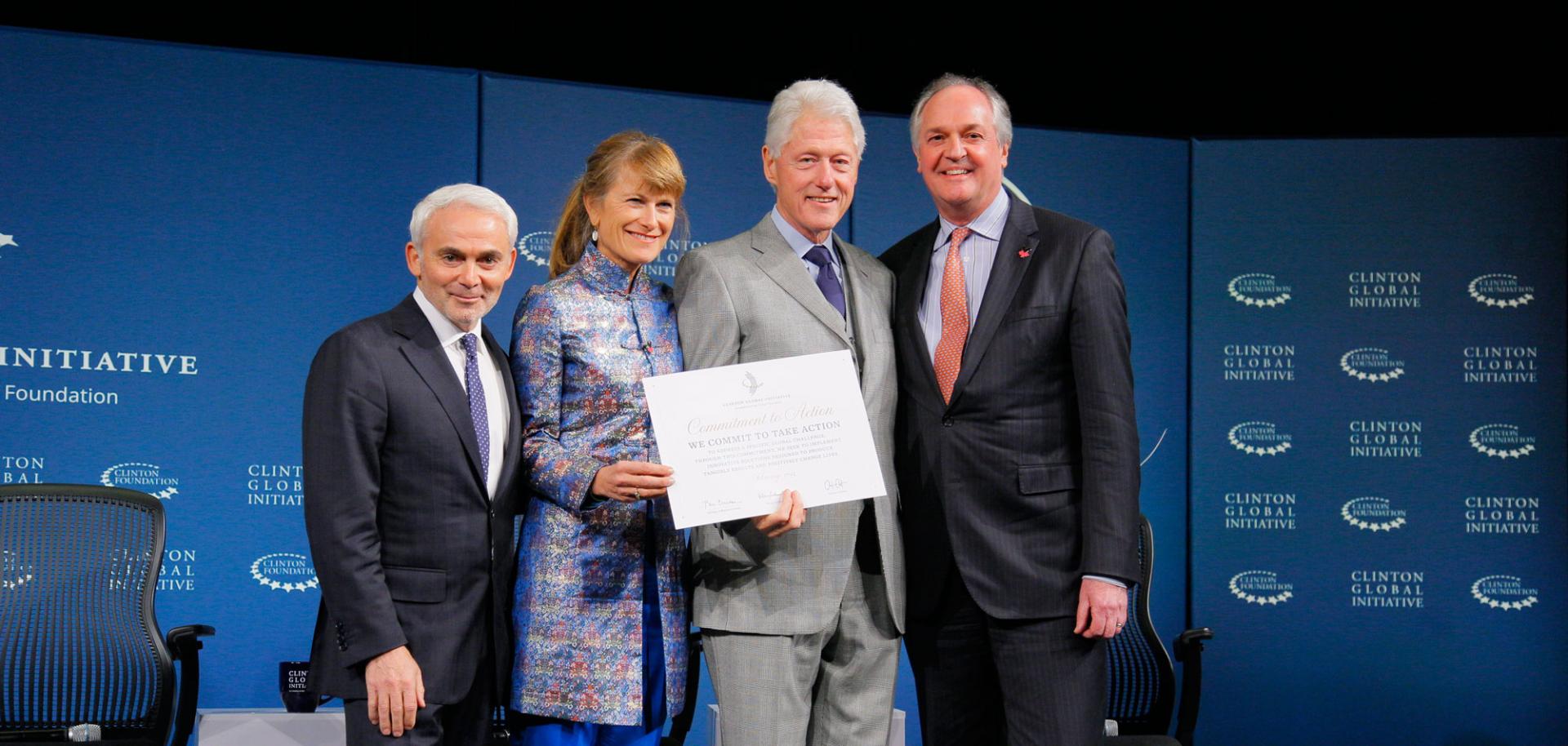Communications: The New Cornerstone of Nonprofits
In the world of nonprofits, no organization can rely on a single spokesperson to carry their image.
Take, for instance, the varieties of touchpoints that nonprofits can and should be using to reach their audiences. You have social media, traditional press, marketing outreach efforts, and even word of mouth from your volunteers and staff. All of these tactics are powerful, with their own variety of reach, but if done poorly, can create a disjointed sense of a nonprofit’s values and mission.
Story is especially important here. A nonprofit may be fighting for an audience with similar or even dissimilar causes, and having a consistent narrative helps establish its mission. Furthermore, it provides a vehicle to convey the impact that the organization has made, and the ways that potential donors or volunteers can help. A compelling story can lead to incredible success in the nonprofit sphere.
These are principles that have been touted by marketing professionals for years that nonprofits cannot afford to ignore. In every case, these organizations need a coordinated strategy to manage all channels of communication. While different channels require different considerations, a brand style guide can help define everything from aesthetics to language used in official communications materials. Try to minimize the number of people that have a say in communications guidelines. Though feedback should be solicited from the organization at large, including stories that should help form a nonprofit’s narrative, opening up the decision making process can make establishing standards far less streamlined.
This even includes standards for volunteers or any other representative of an organization that is publicly visible. This requires some level of education on an organization’s part, both in terms of operations and deeper values that it strives to operate by. Consider having high level members of your organization observe the field operations of a nonprofit to get a granular sense of the work that is being completed.
Another consideration for communications, particularly those on the web, is ease of donating or volunteering. Communications platforms should account for these common actions and minimize the ambiguity and steps required to register. Keep donation buttons as omnipresent as possible, and make the process of signing up to volunteer simple and direct.
All of these tactics are investments, to be sure, but are vital in a modern environment. As a result, anybody looking to execute a complete overhaul of their organization’s communications strategy should do their research. Collect data from different marketing initiatives and communications channels and get a sense of donation metrics. Not every channel is created equal, and your audience will likely have a preferred method of engagement or communication. It’s never quite as simple as demographics, and figuring out a narrative to match an audience is an art in the nonprofit world.
So before you start your next fundraiser, consider the methods that you use to reach out to your audience. Like any other business, you’ll need to know the ins and outs of the message you convey—and mastering it can lead to short- and long-term success for your organization.


